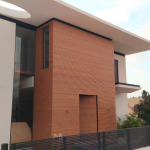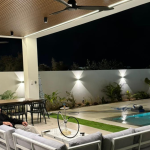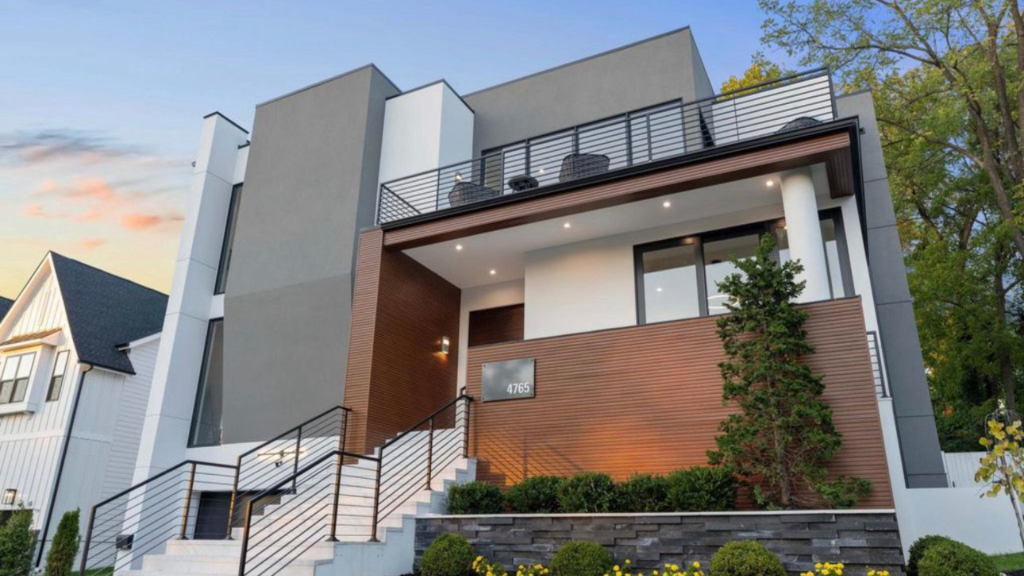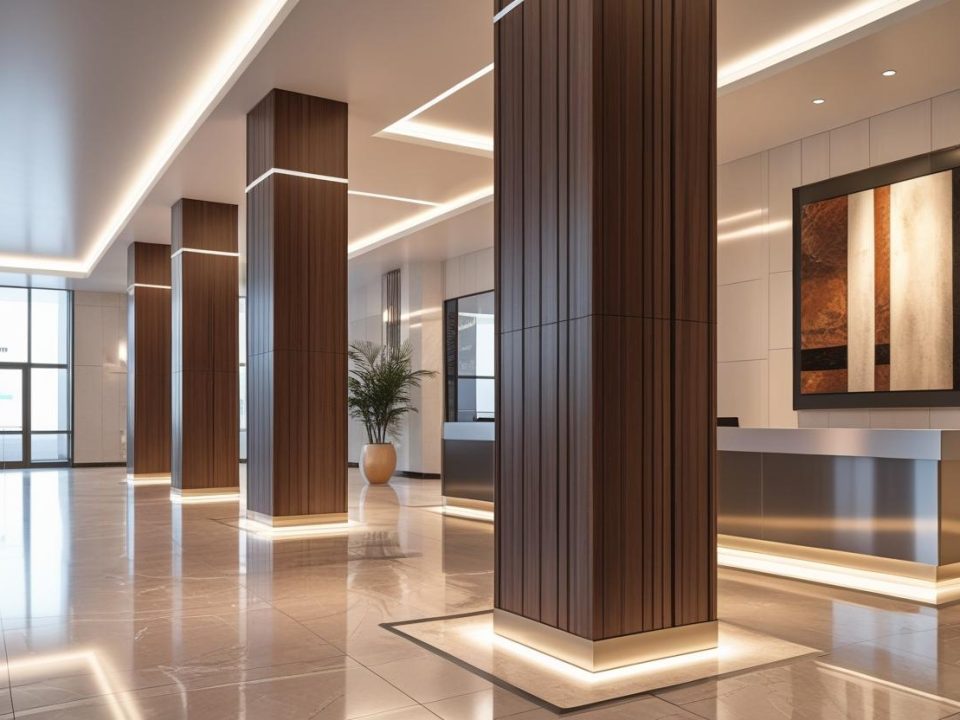
Top 6 Benefits of Aluminum Cladding for Prefabricated Buildings

How Aluminum Cladding Can Improve Indoor Air Quality in Modern Buildings

Biophilic design has been gaining significant traction in modern architecture. The concept emphasizes creating a strong connection between built environments and nature, fostering well-being and sustainability.
In this context, aluminum cladding has emerged as a preferred material for architects who want to incorporate biophilic elements into their designs.
The versatility, sustainability, and durability of aluminum make it an excellent choice for structures that aim to harmonize with natural surroundings.
What is Biophilic Design?
Biophilic design goes beyond simply adding plants or greenery to a space. It’s a holistic approach to architecture that integrates nature into the core of a building’s design. Elements such as natural light, organic forms, natural textures, and open spaces are incorporated to provide a calming and productive environment for occupants.
This design philosophy has been proven to reduce stress, improve mental health, and increase productivity.
Why Aluminum Cladding Fits Perfectly with Biophilic Design
One of the key reasons architects are choosing aluminum cladding for biophilic design is its ability to seamlessly replicate natural elements while offering high performance in terms of durability, weather resistance, and low maintenance.
1. Mimicking Natural Materials
Aluminum cladding, especially with woodgrain finishes, can mimic the look and feel of wood, one of the most commonly used materials in biophilic design.
For example, solid aluminum panels can replicate textures like wood, allowing architects to create facades that blend with natural surroundings without the maintenance challenges of actual wood. The realistic finishes offered by companies like GTO Aluminum allow for a seamless integration of nature-inspired aesthetics.
2. Versatility in Design
One of the standout benefits of aluminum cladding is its versatility. Architects can customize aluminum panels in various shapes, textures, and colors, ensuring that the building reflects its natural environment.
From creating curved, organic forms to experimenting with matte or glossy finishes, aluminum allows for creative freedom that complements biophilic design.This flexibility enables the design to evoke natural elements such as flowing water or rustling leaves, enhancing the connection to nature.
3. Lightweight and Durable
Aluminum cladding is incredibly lightweight compared to other materials like stone or brick, making it easier to work with while reducing the building’s structural load. Despite its lightweight nature, aluminum is highly durable and resistant to corrosion, even in extreme weather conditions.
These qualities make it ideal for outdoor applications in urban and rural environments that need to withstand the elements without compromising aesthetics.
4. Sustainability and Energy Efficiency
Sustainability is a core principle of biophilic design. Aluminum is a 100% recyclable material, making it an eco-friendly choice for architects focused on minimizing environmental impact. Furthermore, modern aluminum cladding systems, especially ventilated façade systems, contribute to better energy efficiency by improving a building’s thermal performance.
Ventilated facades help regulate temperatures inside buildings, keeping them cool in the summer and warm in the winter. This not only reduces the reliance on HVAC systems but also aligns with the sustainability goals of biophilic architecture.
5. Maintenance-Free and Long-Lasting
Unlike other natural materials that require ongoing maintenance, aluminum cladding is virtually maintenance-free. It doesn’t need frequent painting, staining, or sealing, which reduces the environmental footprint associated with building upkeep. Its longevity, with a lifespan of 40-50 years, ensures that structures remain visually appealing and functional for decades without significant maintenance costs.
Case Study: Aluminum Cladding in Biophilic Design
Many architects are already incorporating aluminum cladding into their biophilic designs. In Australia, for example, various projects have used aluminum facades to integrate natural aesthetics while enhancing the building’s environmental performance.
Aluminum’s ability to replicate natural materials such as wood, stone, and clay, combined with its energy-efficient properties, makes it the ideal choice for these projects.
Aluminum Cladding’s Role in Future Biophilic Design Trends
Looking ahead, aluminum cladding is poised to play an even larger role in biophilic design. With advancements in technology, architects can expect to see even more realistic natural finishes, expanded color palettes, and innovative textures that further blur the line between natural and built environments.
Additionally, the focus on sustainability and energy efficiency will continue to drive demand for materials like aluminum that not only look great but also contribute to a greener, more sustainable future.
Conclusion
Aluminum cladding is increasingly becoming the go-to material for architects involved in biophilic design. Its ability to replicate natural elements, combined with its sustainability, durability, and low maintenance, makes it an ideal choice for projects that aim to blend the built environment with the natural world.
As biophilic design continues to evolve, aluminum cladding will remain a key player in creating harmonious, nature-inspired structures.
If you are interested in exploring the possibilities of aluminum cladding for your next biophilic project, visit GTO Aluminum for more information.





